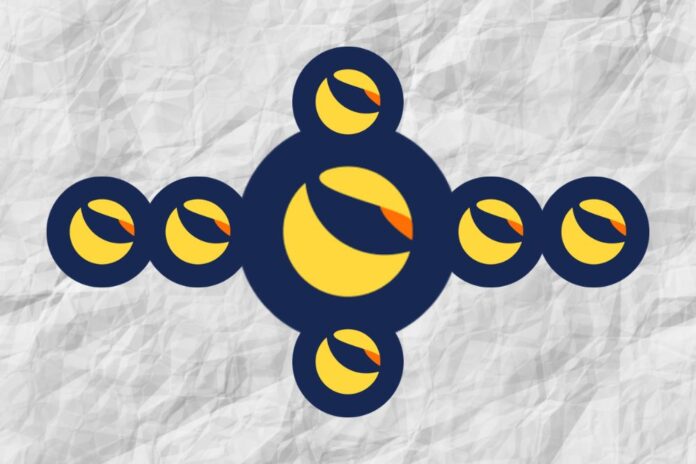Over a year ago, a significant event temporarily disabled key components like staking, Inter-Blockchain Communication (IBC), and the Market Module in the Terra Classic (LUNC) blockchain. While staking and IBC have since been reinstated, the Market Module has remained dormant.
Now, a proposal co-signed by influential figures dfunk and Fragwuerdig aims to safely re-enable the market module, introducing a series of strategic changes to mitigate risks and unlock new opportunities.
Read Also: Terra Classic (LUNC) Algorithmic Price Prediction (2024 to 2030)
Key Proposals
1. Spread Fee Adjustment for Incremental Pegging: The proposal suggests setting the spread fee to 98%, effectively pegging the native stablecoin, USTC. This approach allows for incremental adjustments, enabling the gradual re-pegging of USTC to higher values by reducing the spread fee incrementally. This method brings stability and provides a mechanism for controlled value adjustments.
2. Burn Mechanism for Spread Fee: The proposal advocates burning 100% of the spread fee instead of directing it to the Oracle Pool. This strategic move aligns with the community’s objective to reduce the circulating supply of LUNC, thereby enhancing its scarcity and value proposition. The option to split the spread fee between Burn and the Oracle Pool in the future provides flexibility through governance.
3. Virtual Liquidity Pool Optimization: The proposal recommends limiting the virtual liquidity pool base size and increasing the recovery rate to minimize risks. By proposing a reduction in the base pool size to 500-1000 SDR and extending the recovery period to 14,400 blocks, the aim is to ensure that the burning rate outweighs the replenishment rate, contributing to a more secure and sustainable ecosystem.
4. Hard Cap on LUNC and USTC Max Supply: As an additional safeguard, the proposal suggests implementing a hard cap on the maximum supply of both Terra Classic (LUNC) and USTC. This proactive measure acts as a protective guardrail against potential downsides. It can be adjusted incrementally in alignment with ongoing burns and re-pegging initiatives.
Read Also: Can Terra Classic Bulls Continue LUNC Price Rally After Upcoming Major Upgrade? Details
Implementation and Community Involvement
The proposed changes require careful consideration and testing. Establishing a USTC testnet is a crucial step to fine-tune optimal values for the base pool size and recovery rate. Developing a module to burn the spread fee, initially set at 100%, is also pivotal for executing the proposed strategy.
A signaling proposal will be presented on the station to ensure community consensus. A YES vote indicates the community’s intent to support the effort, while a NO vote signals a lack of consensus.
Community participation through signaling ensures a collective and informed decision-making process, shaping the trajectory of LUNC’s evolution in the decentralized finance space. Although a prominent AI tool recently predicted stagnation for LUNC price, this proposal could help the token avoid that bleak future.
Follow us on Twitter, Facebook, Telegram, and Google News


